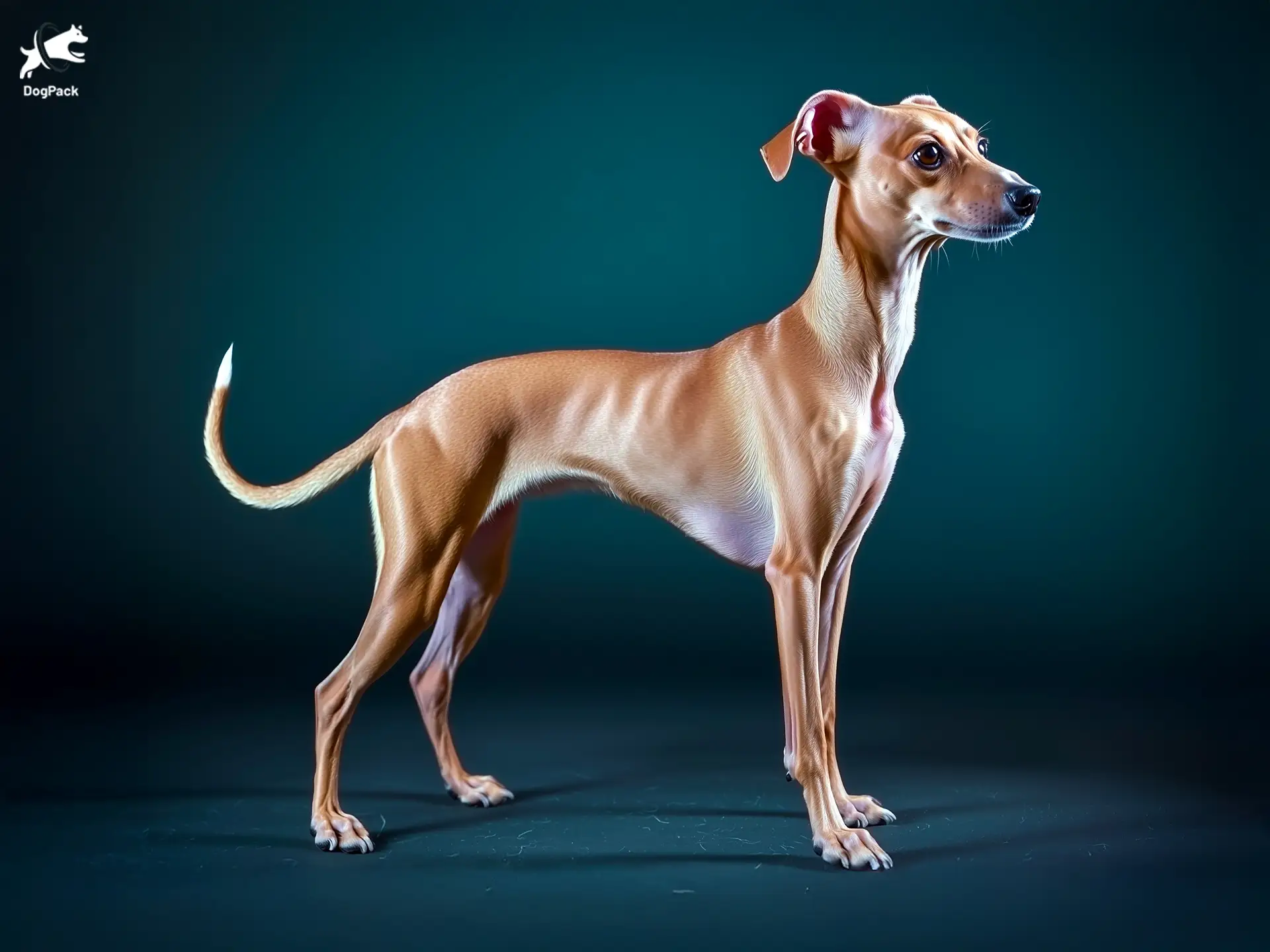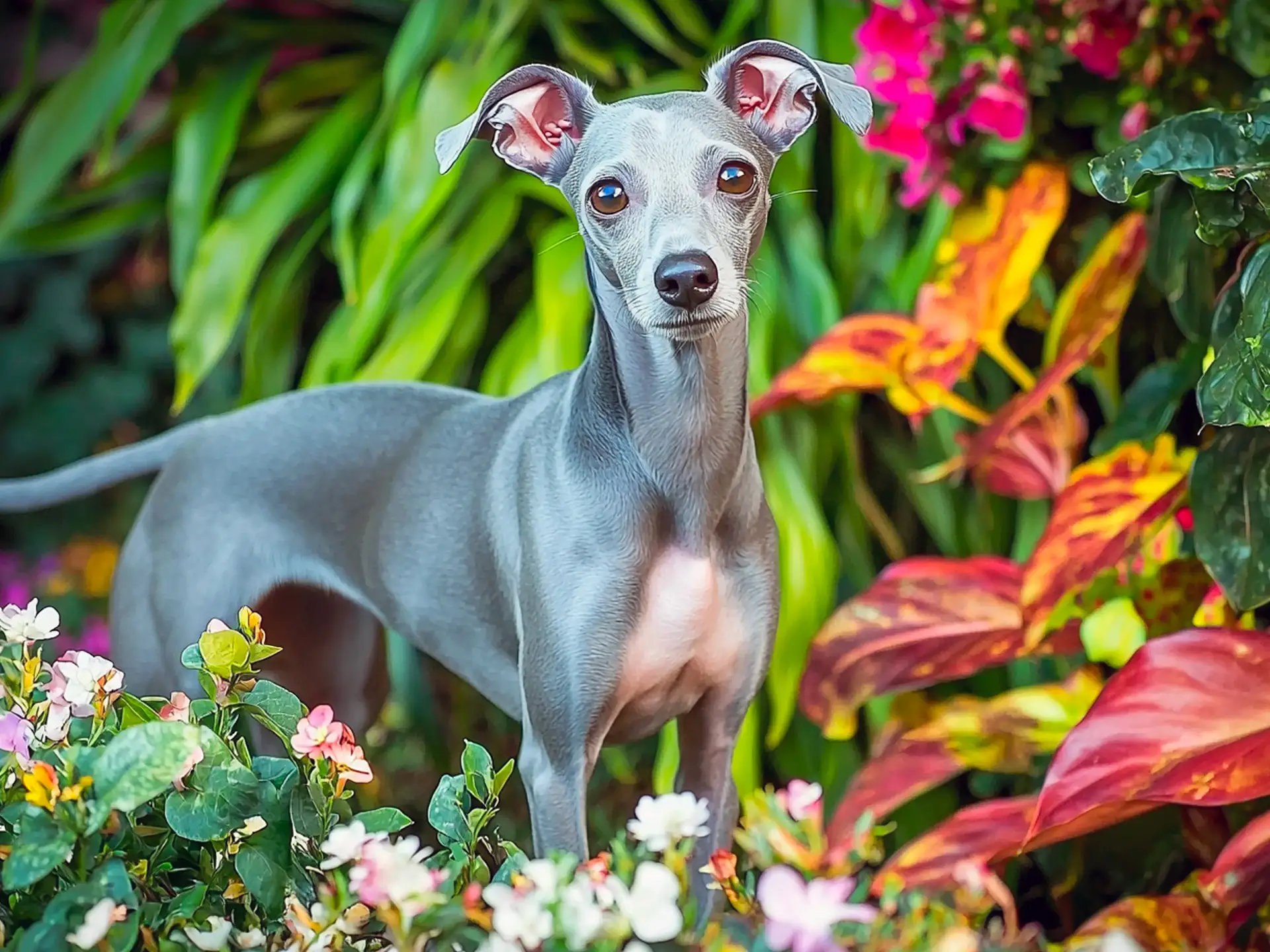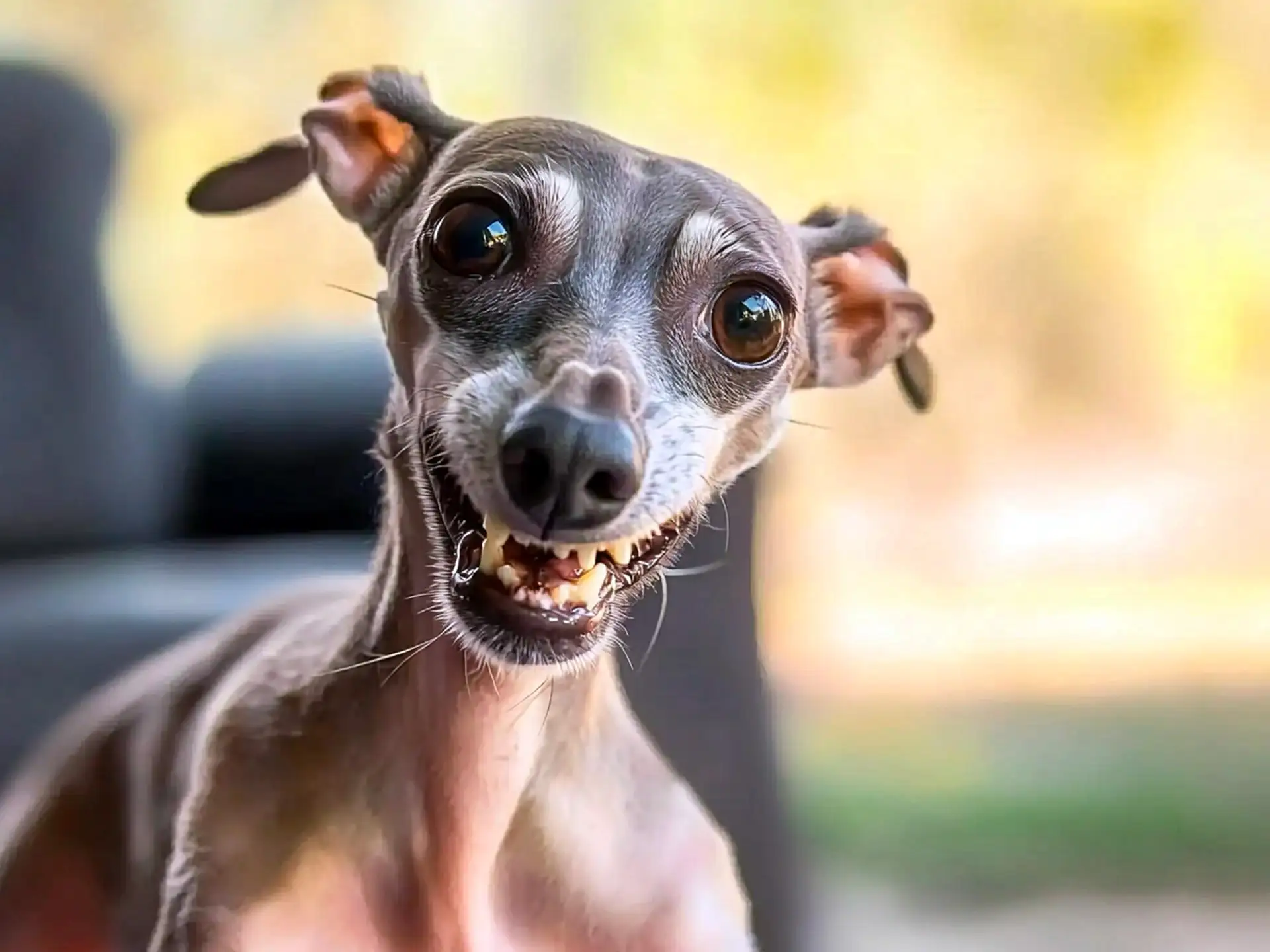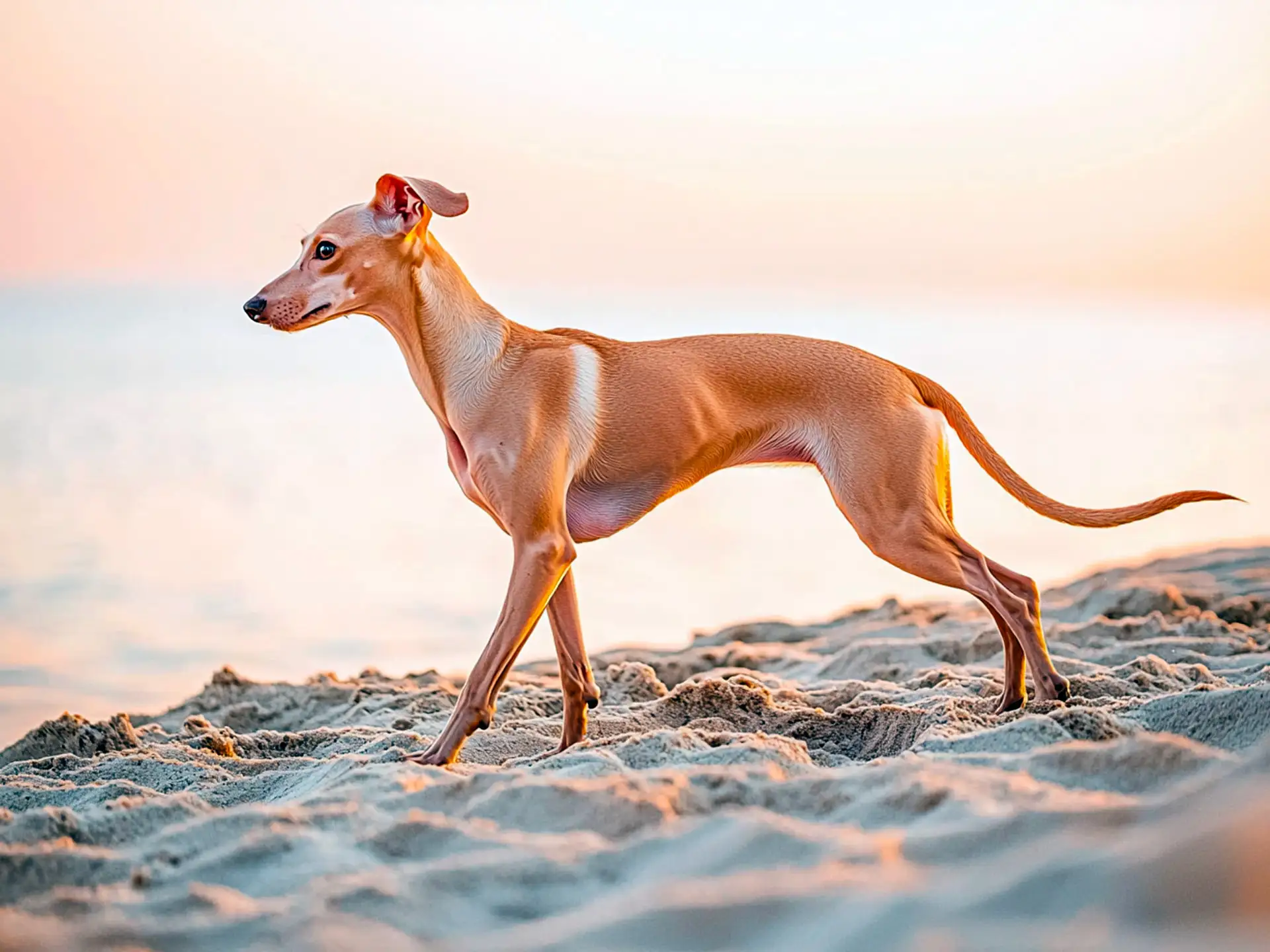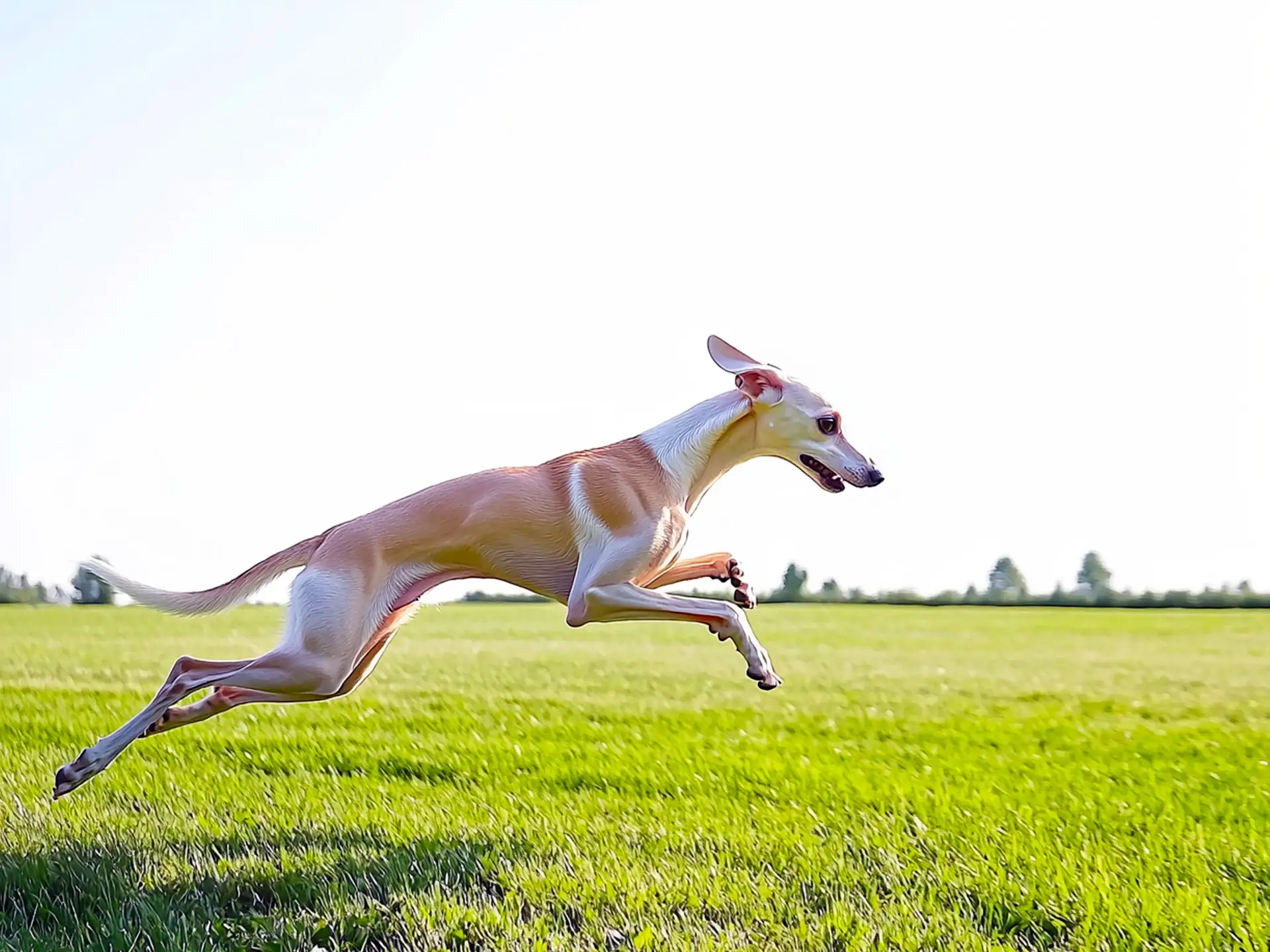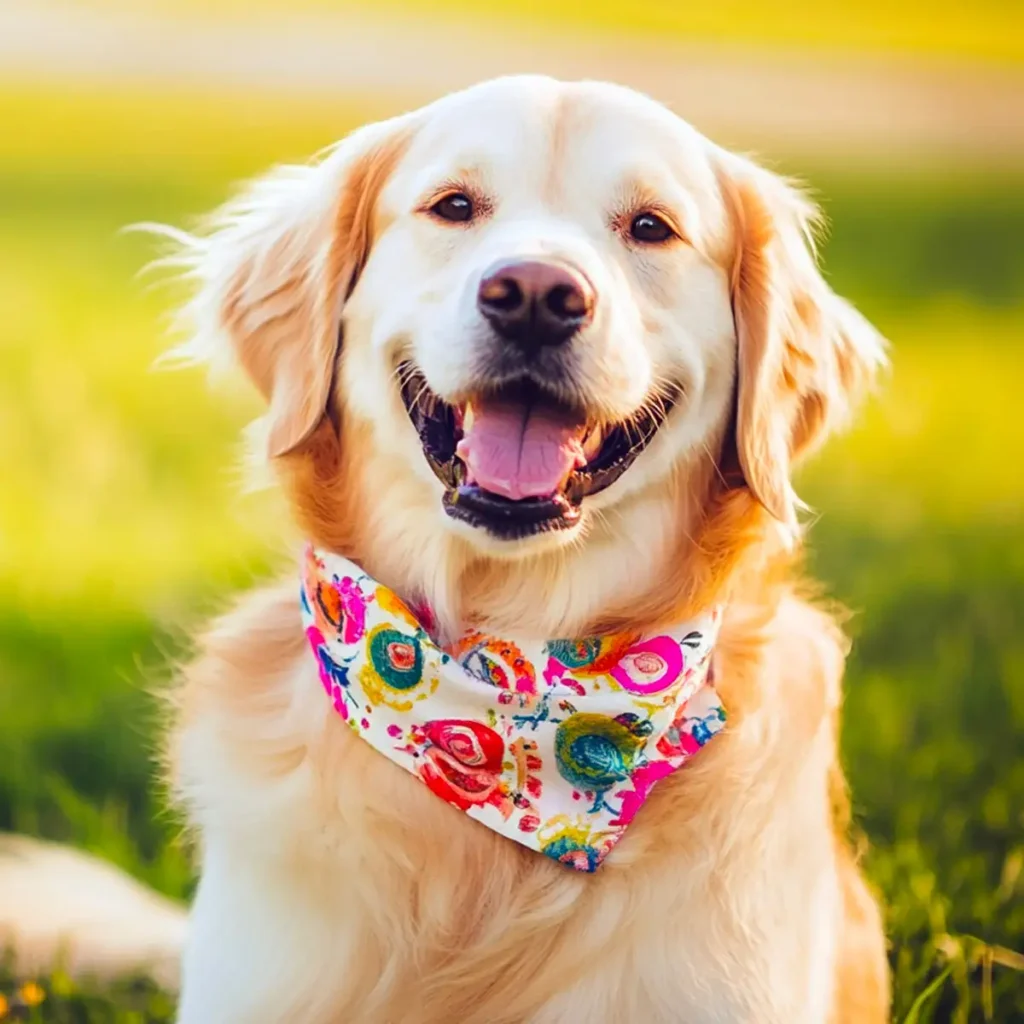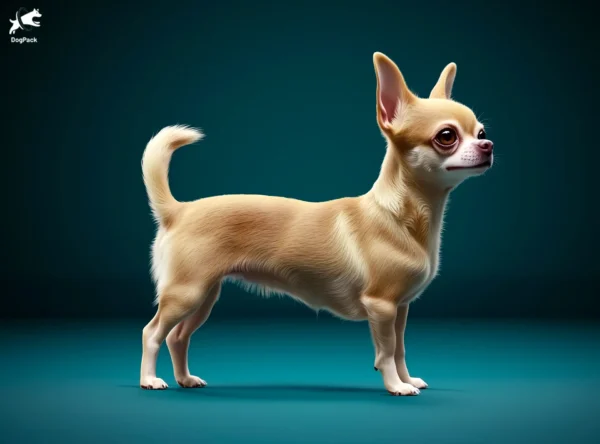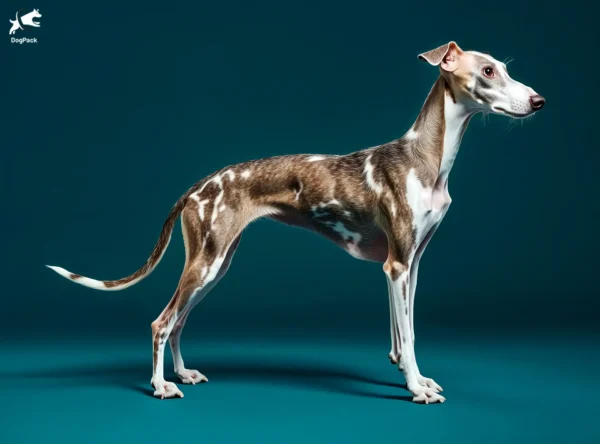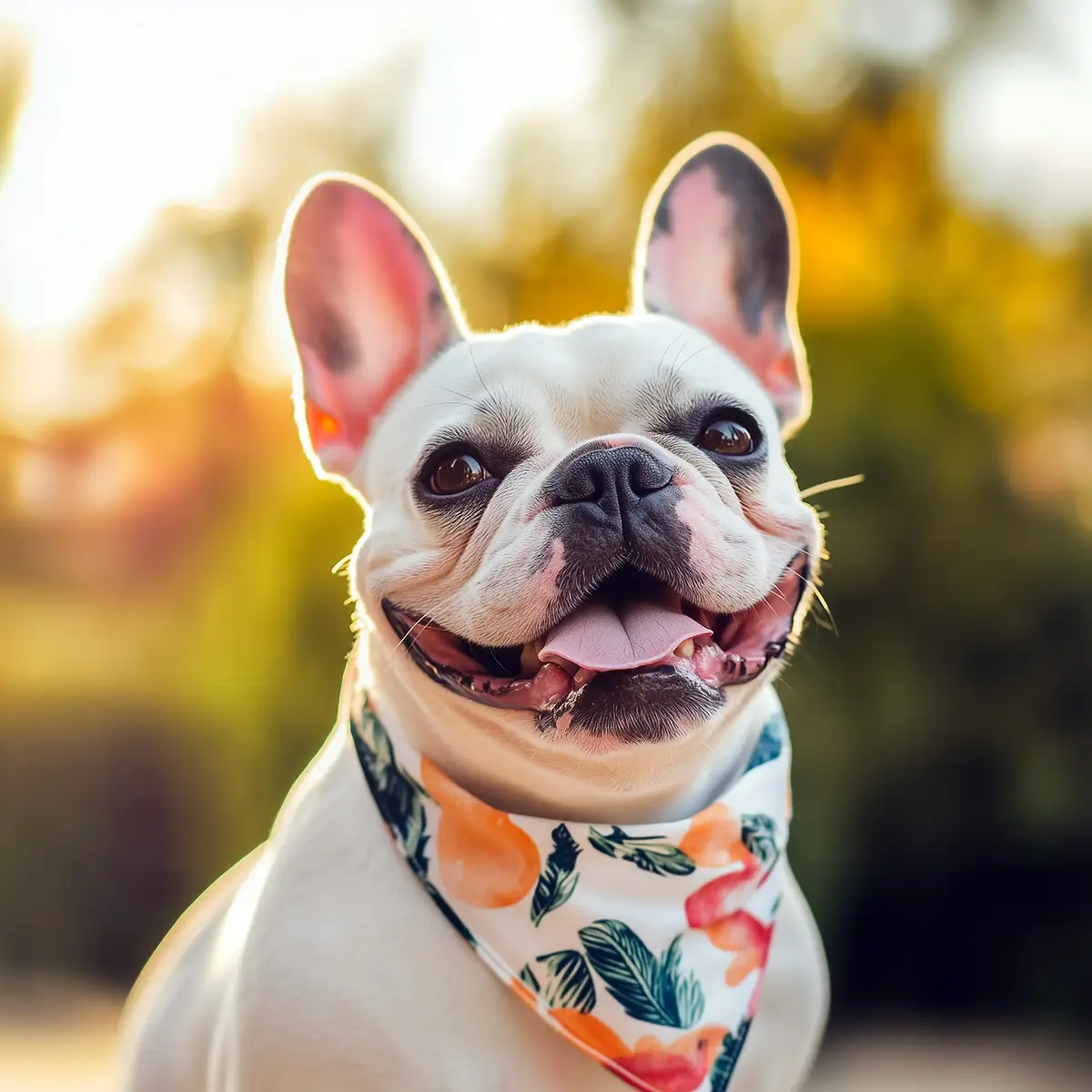Italian Greyhound Dog Breed Info & Overview
Looking for a pocket-sized pup with a big personality? The Italian Greyhound might be your perfect match. Known for their sleek silhouette and gentle nature, these pint-sized pals love to snuggle and sprint. In this overview, you’ll learn why they’re prized for their elegance, sweetness, and surprising athletic spirit. Prepare to fall head over heels for the smallest member of the sighthound family.
Characteristics
Pictures
Breed History
Tracing its roots back over 2,000 years, the Italian Greyhound graced the laps of ancient aristocracy. Believed to have been favored by Roman nobles, this petite sighthound appeared in art and literature alongside royals. They were prized for their slender elegance and swift hunting prowess, though often kept purely for companionship and status rather than serious game pursuit.
Centuries later, “Iggies” charmed Renaissance courts across Europe, where fashionable ladies toted them about as living accessories. These dogs were so adored that they even found their way into the paintings of famous artists, further solidifying their regal reputation. Their popularity soared in royal households, leading to dedicated breeding efforts to maintain their unique size and refined features.
Although still cherished for their high-society history, they eventually captured hearts beyond palaces and manors. As trade and travel expanded, the breed traveled across continents, quietly establishing itself in homes worldwide. Today, the Italian Greyhound remains the smallest member of the Greyhound family, bringing centuries of noble heritage and a dash of elegance to modern living rooms everywhere.
Temperament, Personality
Imagine a warm scarf that follows you around all day: that’s the Italian Greyhound in canine form. These velcro-like companions adore their families and want to be involved in every daily activity. While they have a dash of sighthound independence, they’re often happiest curled up on a cozy blanket, tucked under your arm, soaking up every bit of attention.
They tend to be gentle around children, but remember how delicate these dogs are—enthusiastic kids might inadvertently startle or accidentally hurt them. Introductions to other pets should be gradual, especially if you have a cat with a strong prey-drive reaction. Overall, you’ll find them sweet and sociable if socialized early, though they might remain shy around strangers.
Their sensitive nature means they thrive on positive reinforcement. A scolding can leave them sulking in a corner. Patience and gentle guidance go a long way toward helping them bloom into confident companions. Expect a delightful mix of snuggly affection and short bursts of energetic play, all delivered with the breed’s signature, dainty flair.
Physical Characteristics
Lean, lithe, and delicately built, these dogs epitomize the word “elegant.” Their narrow frame is accentuated by fine bones, a deep chest, and slender legs that give them a distinctive silhouette. Though they’re much smaller than a standard Greyhound, you can still spot the classic sighthound arch in their back and that aerodynamic head and muzzle.
Italian Greyhounds come in various solid or partial coat colors, from soft fawn and graceful gray to black, blue, or even cream. Their large, soulful eyes often appear curious, while small, rose-shaped ears fold back against the head. Their tail is long and tapering, offering a hint at their swift, agile ancestry whenever they break into a sprint.
One key trait you’ll notice is their smooth, short coat that hugs every contour. Because they carry so little body fat, you might see them shiver when temperatures dip. A well-fitted sweater or jacket during chilly walks helps keep them comfortable. This sleek physique is part of the breed’s charm, yet also demands proper care to avoid injury or discomfort.
Health Issues
While generally robust for their size, these tiny sprinters can face a few breed-specific concerns. Fragile bones and a higher risk of leg fractures are common if they leap from tall furniture or experience rough play. Veterinarians often emphasize safe spaces where the dog can roam without risking a precarious jump that leads to injury.
Dental health is another frequent worry: the Italian Greyhound’s narrow jaw and crowded teeth mean plaque buildup can escalate quickly. Regular brushing, along with professional cleanings, helps prevent periodontal disease. Patellar luxation—where the kneecap shifts out of place—can also occur, so ensure they don’t overexert themselves on slippery floors or with excessive jumping.
Eye conditions like progressive retinal atrophy (PRA) may appear in some lines, leading to vision problems over time. Responsible breeders screen for such genetic issues, so it’s wise to ask about health clearances before bringing one home. Preventive vet visits, a balanced diet, and thoughtful exercise routines go a long way in keeping your little companion healthy and spry.
Grooming Needs
Grooming an Italian Greyhound can feel almost too easy. With a soft, short coat, they rarely develop mats or tangles, so you can skip those long brushing sessions. A gentle wipe-down with a damp cloth once or twice a week often suffices to keep their fur shiny and free from loose hair and surface dirt.
Bath time is straightforward—just be sure to use a mild, dog-safe shampoo and warm water, since this breed is prone to feeling chilly. Keep the frequency moderate; too many baths might dry out their sensitive skin. A post-bath cuddle in a warm towel (and possibly a tiny bathrobe!) helps prevent shivers and adds a sweet bonding moment.
Don’t neglect their nails and teeth. Italian Greyhounds typically hate overgrown nails because walking on them can be painful, so regular trims are a must. Weekly or bi-weekly tooth brushing is also essential to help ward off plaque. Thankfully, with their calm demeanor and love for quality time, many IGs will sit still (briefly) for these quick grooming tasks.
Exercise Requirements
Despite the couch-potato persona, these slim speedsters adore a good run in a safe, fenced area. A quick sprint around the yard or a brisk walk around the block usually satisfies their daily needs. They’re not marathon runners, but they do benefit from short bursts of active play to stretch those legs and burn off any pent-up energy.
Indoor play sessions can be just as valuable. A soft toy to chase, or a gentle game of tug, keeps them engaged and mentally stimulated. Because they’re agile jumpers, consider using puzzle feeders or treat-dispensing toys to keep them active and entertained when you’re busy. In cold or wet weather, they’ll appreciate cozy indoor fun even more.
Remember that Italian Greyhounds have fine bones and can be prone to injury, so intense agility courses or rough-and-tumble dog park sessions might not be their best fit. Easy-paced walks or trotting alongside you in the living room might be enough. Always keep an eye out for potential hazards, and you’ll have a happy, fit companion that doesn’t need hours of high-impact exercise.
Training Tips
Consistency and kindness are crucial when training this sensitive breed. Italian Greyhounds respond best to gentle, positive reinforcement—treats, praise, and a cheerful tone work wonders. Harsh corrections may make them anxious or stubborn. Setting a routine for potty breaks and short, focused training sessions can speed up their learning and help them feel secure.
House-training can test your patience, especially in colder climates where they’d rather skip a trip outside. Try using a designated indoor potty area on stormy days. Rewards for appropriate elimination and consistent scheduling are key. If accidents happen, clean them thoroughly to remove lingering odors that might lure them to repeat the mistake.
Socialization should start early and often. Short introductions to new people, friendly dogs, or calm cats help them gain confidence. Basic commands like “sit,” “stay,” and “come” keep them safe—especially because they might dash after anything that moves. Keep training sessions upbeat and short, letting them sniff around, learn at their own pace, and celebrate small victories.
Nutrition, Diet
Italian Greyhounds have a fast metabolism, but their small frame doesn’t require huge meals. Aim for a high-quality, small-breed formula rich in protein and healthy fats—typically around ¾ to 1 cup of dry kibble per day, divided into two meals. Adjust portions based on activity level and life stage: puppies need more frequent meals, while seniors might eat less.
Keep an eye on their weight, as excess pounds can strain their slender legs and joints. Choose a balanced dog food with limited fillers. Some owners supplement with lean meats or fish to support muscle tone and a glossy coat. Always introduce new foods gradually to avoid tummy upsets, and consult your vet for personalized serving suggestions.
Fresh water should be available at all times—hydration is crucial for their active bursts of play. Because of their heightened dental concerns, consider kibbles designed to help clean teeth or offer safe dental chews to reduce plaque buildup. Monitoring their eating habits—like sudden refusals of food or drastic appetite changes—can also help detect health issues early on.
Adoption, Breeders
If you’re looking to adopt, specialized rescues like the Italian Greyhound Rescue Foundation often have adults and seniors waiting for new homes. Rescue groups can guide you through the breed’s specific needs—such as delicate bones and potential shyness—ensuring a great match for your lifestyle. Adoption also provides a second chance for a dog that deserves a loving home.
Reputable breeders typically screen their breeding stock for genetic issues like PRA or patellar luxation. Ask about health clearances and meet the puppy’s parents when possible. The Italian Greyhound Club of America lists recognized breeders who follow ethical practices, focusing on well-rounded puppies with stable temperaments and good socialization.
Always be cautious of online ads or unfamiliar kennels offering “micro” or “teacup” variants of this already-tiny breed. An ethical breeder will prioritize health and stable structure, not push for extreme miniaturization. Whether you adopt or shop, get ready for a loyal little shadow that will fill your heart—and your favorite chair—before you know it.
Family Pet?
Italian Greyhounds can be a lovely addition for families with older, gentle children who respect boundaries. Since these dogs are delicate, rambunctious toddlers might inadvertently cause injuries. Calm, supervised interactions help build trust and keep everyone safe.
Socialized young, they usually get along with other gentle pets, especially if introduced slowly. Their playful nature shines when they have a furry friend with a similar temperament. Still, watch out for bigger dogs—one overly enthusiastic romp can injure these dainty canines.
Patience, soft voices, and a love of cuddles make them ideal for families that enjoy quiet, affectionate moments on the couch. If your household is on the active side, just ensure your IG can safely sit out any rowdy games or large gatherings. With a bit of mindfulness, they can be an endearing choice for many families.
Right For You?
These dogs are perfect for homebodies seeking a low-shedding companion that adores lap time. However, if you work long hours or prefer intense outdoor adventures in cold weather, you might find the breed’s sensitivity challenging. Italian Greyhounds love warmth, routine, and closeness—make sure you can provide the comfortable environment they crave.
Apartment living suits them just fine, provided they get daily walks and a safe place to sprint occasionally. Because they can be skittish around sudden noises or unfamiliar people, living in a chaotic household might leave them stressed. If you appreciate quiet nights in, and an adorable shadow following you room to room, this dog might check all your boxes.
Think carefully about your lifestyle: do you mind being careful around tiny paws? Are you ready for a breed that might shiver when it’s cold or wet outside? For those who value affectionate companionship, gentle exercise, and a graceful presence, the Italian Greyhound can be a fantastic addition. A cozy blanket and a bit of patience will seal the deal.
Conclusion
Italian Greyhounds blend centuries of royal charm with a modern affection for cuddling on the couch. If you can meet their need for warmth, gentle handling, and moderate exercise, you’ll be rewarded with an incredibly loyal companion. They’re surprisingly swift, more playful than you’d think, and always ready to snuggle under a blanket. With mindful care, the Italian Greyhound can transform any home into a place of elegant devotion.
FAQs
-
Do Italian Greyhounds have fragile bones?
Yes, Italian Greyhounds have delicate bones, especially as puppies. Their slender frame makes them prone to leg fractures, particularly when jumping off furniture or playing rough. Supervision, soft surfaces, and using pet stairs can help prevent injuries.
-
Why do Italian Greyhounds shiver so much?
Italian Greyhounds are prone to shivering due to their thin skin, low body fat, and high metabolism. They often shake when cold, excited, or anxious. Keeping them warm with sweaters indoors and coats outdoors helps regulate their body temperature.
-
Can Italian Greyhounds be off-leash?
No, Italian Greyhounds should not be off-leash in open areas. Their strong prey drive makes them chase after small animals without warning. Even well-trained Italian Greyhounds can become distracted and ignore recall commands, so fenced areas are safest.
-
Do Italian Greyhounds have a unique way of running?
Yes, Italian Greyhounds have a double-suspension gallop, meaning all four paws leave the ground twice in each stride—similar to cheetahs. This allows them to reach speeds up to 25 mph (40 km/h), making them one of the fastest small dog breeds.
-
Are Italian Greyhounds prone to dental problems?
Yes, Italian Greyhounds are highly prone to dental disease due to their small jaws and crowded teeth. Regular brushing, dental chews, and professional cleanings are essential to prevent tooth loss, gum infections, and bad breath.
Breed Ratings
The Italian Greyhound is sharp and quick to pick up commands, though they can be sensitive and occasionally stubborn.
They love short bursts of play, chasing toys around the living room or yard.
Moderately active; enjoys sprints but also happy lounging in warm spots.
Very low shedding, thanks to their sleek, short coat.
Will chase small animals, but less intense than larger Greyhounds.
A quick wipe-down or light brush keeps them looking sleek.
Eager to please but can be timid; positive reinforcement is essential.
Prefers constant companionship and might become anxious when left alone too long.
Moderate; often barks when anxious or excited, but can be trained to limit noise.
Rarely drools, due to their tight lips and petite jaw structure.
Generally sociable with calm dogs of similar size.
Mostly healthy, but watch for dental issues and fragile bones.

